Catharanthus roseus
Catharanthus roseus
1. The products in our compound library are selected from thousands of unique natural products; 2. It has the characteristics of diverse structure, diverse sources and wide coverage of activities; 3. Provide information on the activity of products from major journals, patents and research reports around the world, providing theoretical direction and research basis for further research and screening; 4. Free combination according to the type, source, target and disease of natural product; 5. The compound powder is placed in a covered tube and then discharged into a 10 x 10 cryostat; 6. Transport in ice pack or dry ice pack. Please store it at -20 °C as soon as possible after receiving the product, and use it as soon as possible after opening.
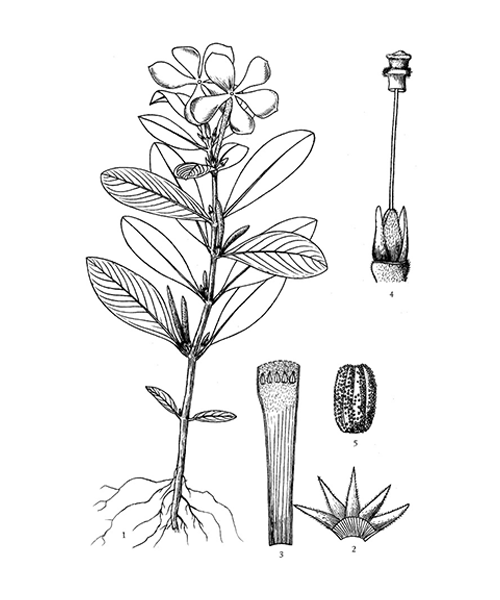
Natural products/compounds from Catharanthus roseus
- Cat.No. Product Name CAS Number COA
-
BCN4933
Vindoline2182-14-1
Instructions
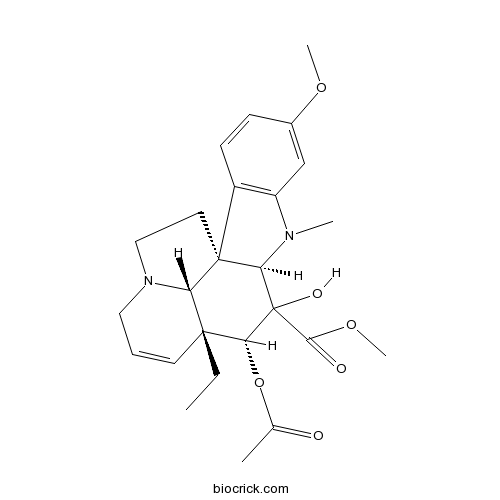
-
BCN1255
Catharanthine2468-21-5
Instructions
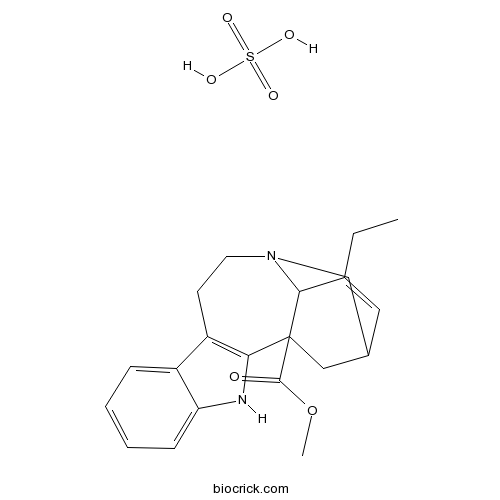
-
BCN8531
3-Epibetulinic acid38736-77-5
Instructions
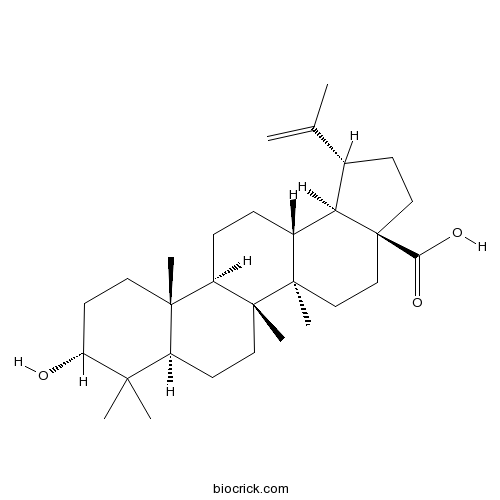
-
BCN5496
Tabersonine4429-63-4
Instructions
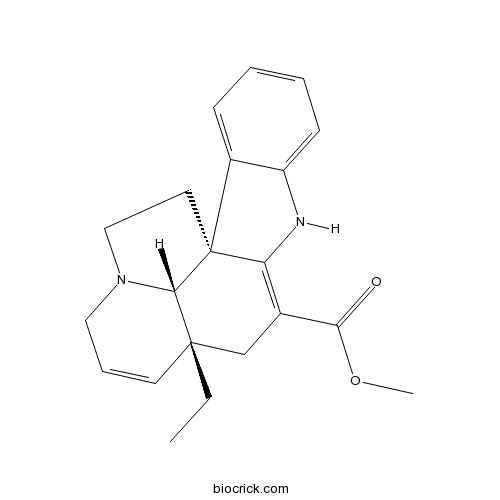
-
BCN3181
Campesterol474-62-4
Instructions
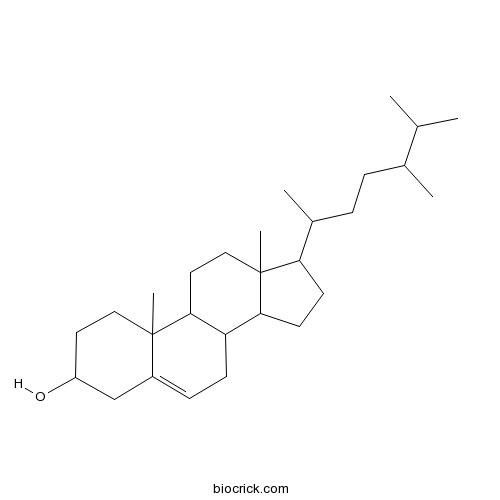
-
BCN5577
Ajmalicine483-04-5
Instructions
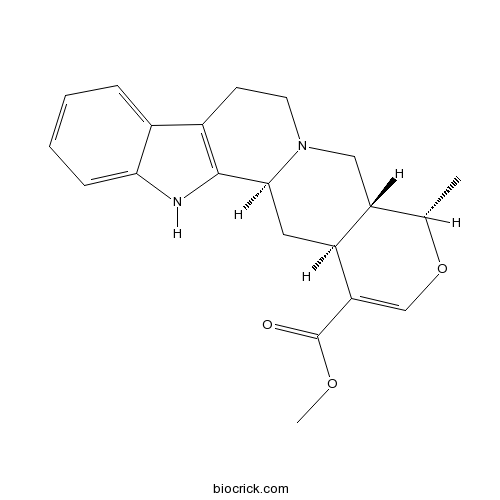
-
BCN4960
Reserpine50-55-5
Instructions
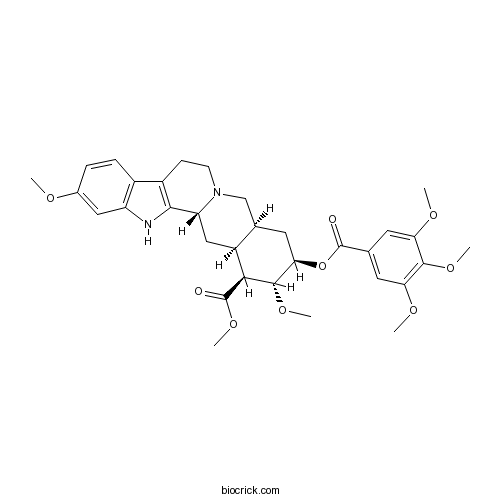
-
BCN5616
Oleanolic acid508-02-1
Instructions
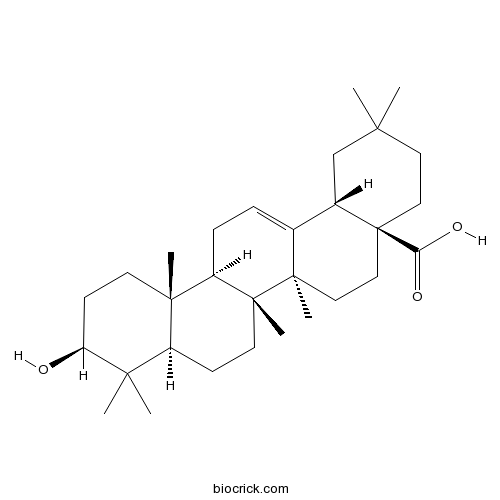
-
BCN7822
Vindolinine5980-02-9
Instructions
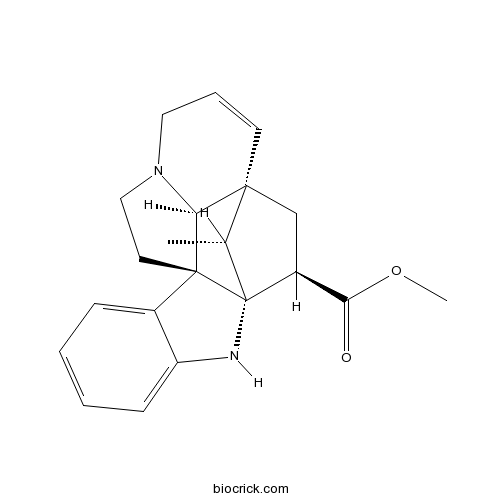
-
BCN4189
Tetrahydroalstonine6474-90-4
Instructions
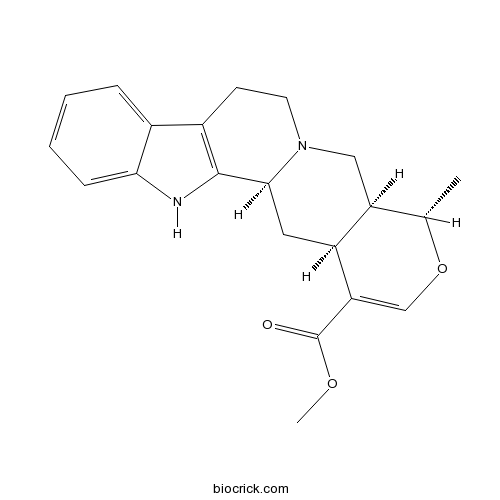
-
BCN4327
Ursolic acid77-52-1
Instructions
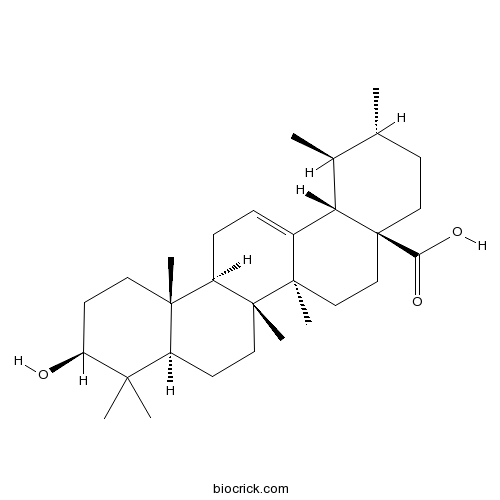
-
BCN1015
Beta-Sitosterol83-46-5
Instructions
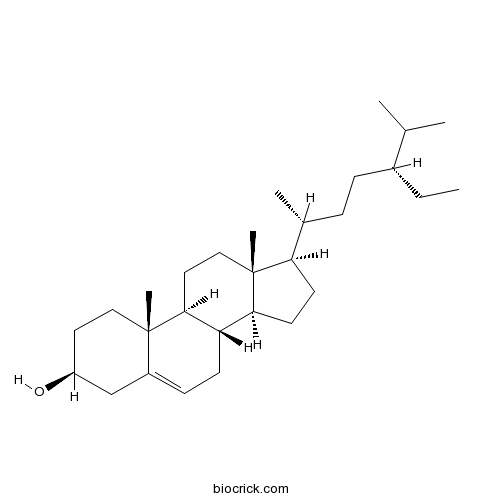
-
BCN2376
Vinblastine865-21-4
Instructions
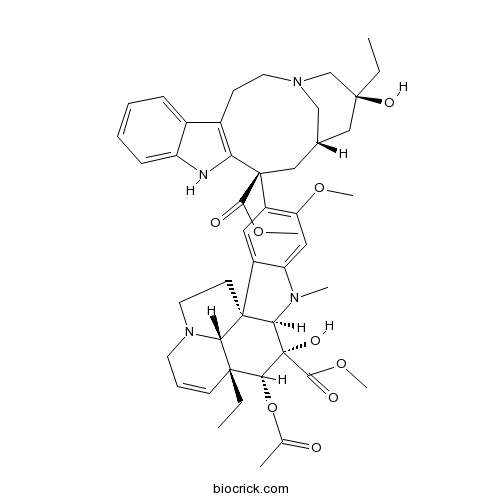
Receptor Kinase THESEUS1 Is a Rapid Alkalinization Factor 34 Receptor in Arabidopsis.[Pubmed: 30057301]
The growth of plants, like that of other walled organisms, depends on the ability of the cell wall to yield without losing its integrity. In this context, plant cells can sense the perturbation of their walls and trigger adaptive modifications in cell wall polymer interactions. Catharanthus roseus receptor-like kinase 1-like (CrRLK1L) THESEUS1 (THE1) was previously shown in Arabidopsis to trigger growth inhibition and defense responses upon perturbation of the cell wall, but so far, neither the ligand nor the role of the receptor in normal development was known. Here, we report that THE1 is a receptor for the peptide rapid alkalinization factor (RALF) 34 and that this signaling module has a role in the fine-tuning of lateral root initiation. We also show that RALF34-THE1 signaling depends, at least for some responses, on FERONIA (FER), another RALF receptor involved in a variety of processes, including immune signaling, mechanosensing, and reproduction [1]. Together, the results show that RALF34 and THE1 are part of a signaling network that integrates information on the integrity of the cell wall with the coordination of normal morphogenesis.
THE PROTEIN PHOSPHATASES ATUNIS1 AND ATUNIS2 REGULATE CELL WALL INTEGRITY IN TIP-GROWING CELLS.[Pubmed: 29991535]
Fast tip-growing plant cells such as pollen tubes (PTs) and root hairs (RHs) require a robust coordination between their internal growth machinery and modifications of their extracellular rigid, yet extensible cell wall (CW). Part of this essential coordination is governed by members of the Catharanthus roseus receptor-like kinase1-like (CrRLK1L) subfamily of RLKs with FERONIA (FER) and its closest homologues, ANXUR1 (ANX1) and ANX2, controlling CW integrity during RH and PT growth, respectively. Recently, four Leucin-Rich-Repeat Extensins 8 to 11 (LRX8-11) were also shown to be important for CW integrity in PTs. We previously reported an anx1 anx2 suppressor screen in Arabidopsis that revealed MARIS (MRI) as a positive regulator of both FER- and ANX½-dependent CW integrity pathways. Here, we characterize a suppressor that exhibits a weak rescue of the anx1 anx2 PT bursting phenotype and a short RH phenotype. The corresponding suppressor mutation causes a D94N substitution in a Type One Protein Phosphatase we named ATUNIS1 (AUN1). We show that AUN1 and its closest homologue, AUN2, are nucleocytoplasmic negative regulators of tip-growth. Moreover, we demonstrate that AUN1D94N and AUN1H127A harbouring mutations in key amino acids of the conserved catalytic site of phosphoprotein phosphatases function as dominant amorphic variants that repress PT growth. Finally, genetic interaction studies using the hypermorph MRIR240C and amorph AUN1D94N dominant variants indicate that LRX8-11 and ANX½ function in distinct but converging pathways to fine-tune CW integrity during tip growth.
Analysis of Terpenoid Indole Alkaloids, Carotenoids, Phytosterols, and NMR-Based Metabolomics for Catharanthus roseus Cell Suspension Cultures.[Pubmed: 29981141]
The plant Catharanthus roseus is a rich source of terpenoid indole alkaloids (TIA). Some of the TIA are important as antihypertensive (ajmalicine) and anticancer (vinblastine and vincristine) drugs. However, production of the latter is very low in the plant. Therefore, in vitro plant cell cultures have been considered as a potential supply of these chemicals or their precursors. Some monomeric alkaloids can be produced by plant cell cultures, but not on a level feasible for commercialization, despite extensive studies on this plant that deepened the understanding of the TIA biosynthesis and its regulation. In order to analyze the metabolites in C. roseus cell cultures, this chapter presents the method of TIA, carotenoids, and phytosterols analyses. Furthermore, an NMR-based metabolomics approach to study C. roseus cell culture is described.
Crystal structures of two tandem malectin-like receptor kinases involved in plant reproduction.[Pubmed: 29968676]
Complex cell-to-cell communication between the male pollen tube and the female reproductive organs is required for plant fertilization. A family of Catharanthus roseus receptor kinase 1-like (CrRLK1L) membrane receptors has been genetically implicated in this process. Here, crystal structures of the CrRLK1Ls ANXUR1 and ANXUR2 are reported at 1.48 and 1.1 Å resolution, respectively. The structures reveal a novel arrangement of two malectin-like domains connected by a short β-hairpin linker and stabilized by calcium ions. The canonical carbohydrate-interaction surfaces of related animal and bacterial carbohydrate-binding modules are not conserved in plant CrRLK1Ls. In line with this, the binding of chemically diverse oligosaccharides to ANXUR1 and HERCULES1 could not be detected. Instead, CrRLK1Ls have evolved a protein-protein interface between their malectin domains which forms a deep cleft lined by highly conserved aromatic and polar residues. Analysis of the glycosylation patterns of different CrRLK1Ls and their oligomeric states suggests that this cleft could resemble a binding site for a ligand required for receptor activation of CrRLK1Ls.
Transcriptomics comparison reveals the diversity of ethylene and methyl-jasmonate in roles of TIA metabolism in Catharanthus roseus.[Pubmed: 29966514]
The medicinal plant, Catharanthus roseus (C. roseus), accumulates a wide range of terpenoid indole alkaloids (TIAs). Ethylene (ET) and methyl-jasmonate (MeJA) were previously reported as effective elicitors for the production of various valuable secondary metabolites of C. roseus, while a few ET or MeJA induced transcriptomic research is yet reported on this species. In this study, the de-novo transcriptome assembly of C. roseus is performed by using the next-generation sequencing technology.
Sarpagan bridge enzyme has substrate-controlled cyclization and aromatization modes.[Pubmed: 29942076]
Cyclization reactions that create complex polycyclic scaffolds are hallmarks of alkaloid biosynthetic pathways. We present the discovery of three homologous cytochrome P450s from three monoterpene indole alkaloid-producing plants (Rauwolfia serpentina, Gelsemium sempervirens and Catharanthus roseus) that provide entry into two distinct alkaloid classes, the sarpagans and the β-carbolines. Our results highlight how a common enzymatic mechanism, guided by related but structurally distinct substrates, leads to either cyclization or aromatization.


